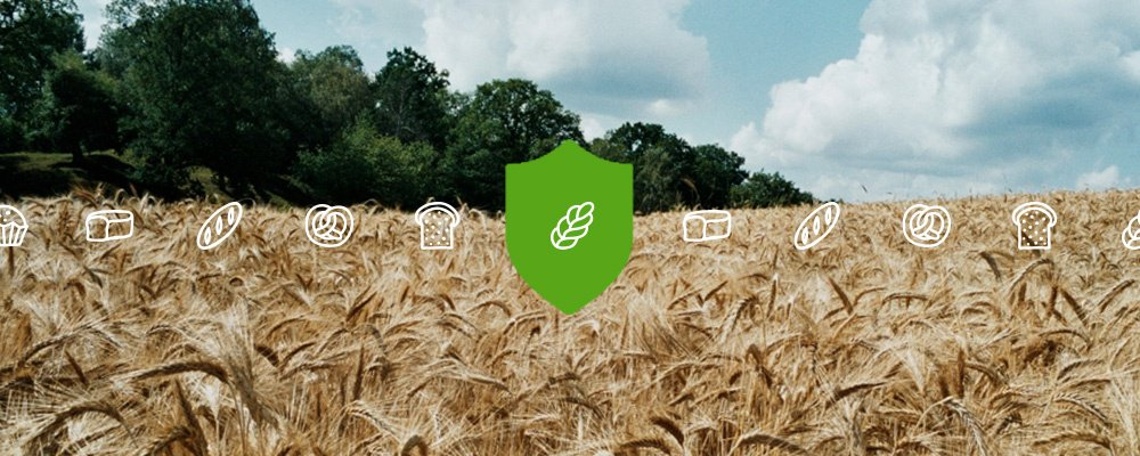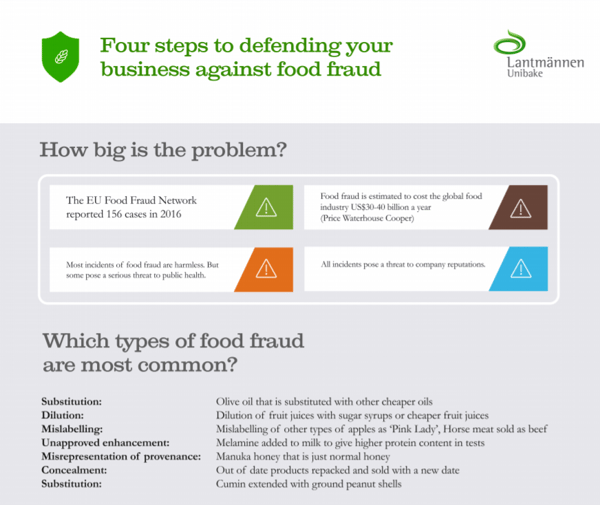If you can see the same opportunities for fraud that a criminal can, then you’ve already come a long way towards preventing a crime from taking place.
No food defence system will ever be completely failsafe. But, with today’s tight controls, tough certification standards and focus on transparency, it is worth noting that many problems are successfully nipped in the bud before they even get close to becoming a scandal. And that, although the Fipronil in egg case slipped through the first safety net, it was caught by the next.
What this latest scandal has taught us is that the food industry and food authorities still have work to do to build a safety net with a finer mesh. That’s essential to securing the food supply chain and keeping consumers safe.
Remember:
No food defence system is fool proof. But, through diligent assessments, sharing of relevant information and monitoring ongoing situations, we can reduce risks to a minimum.










